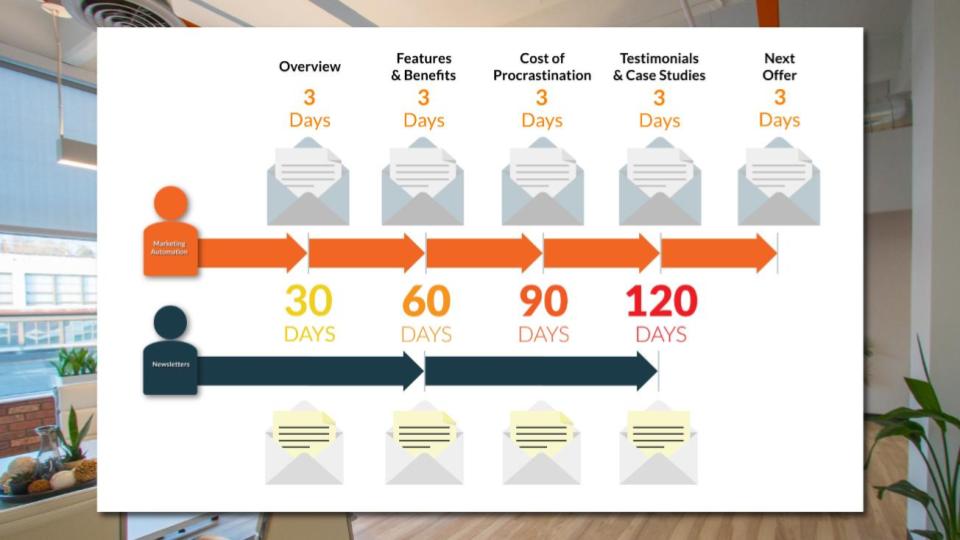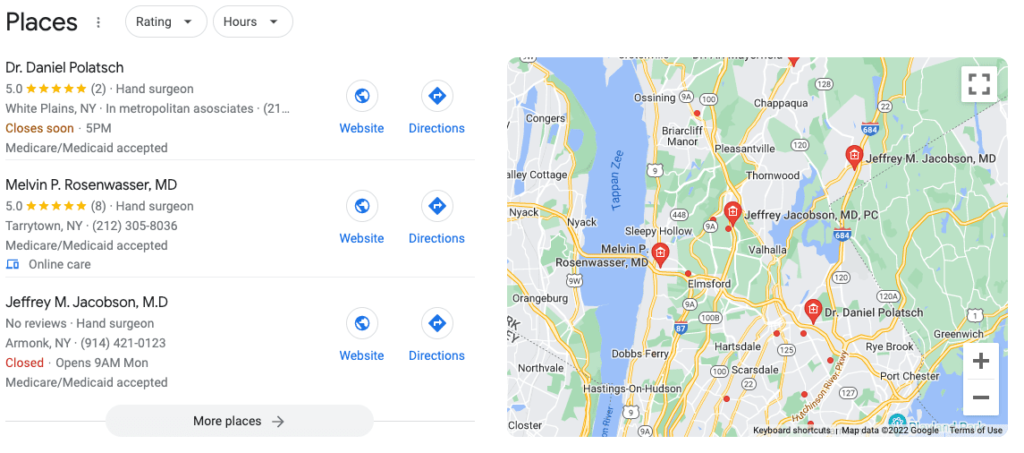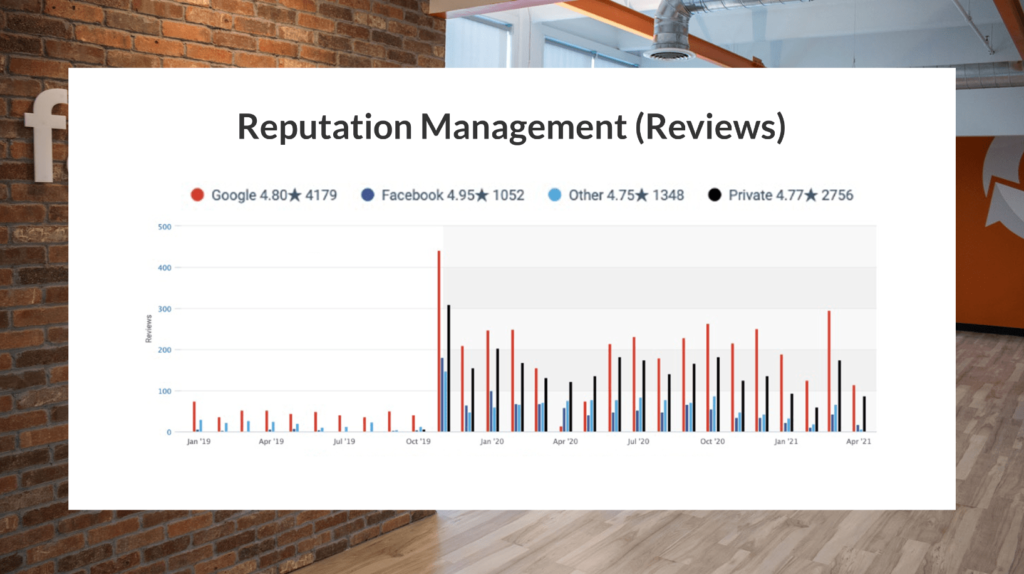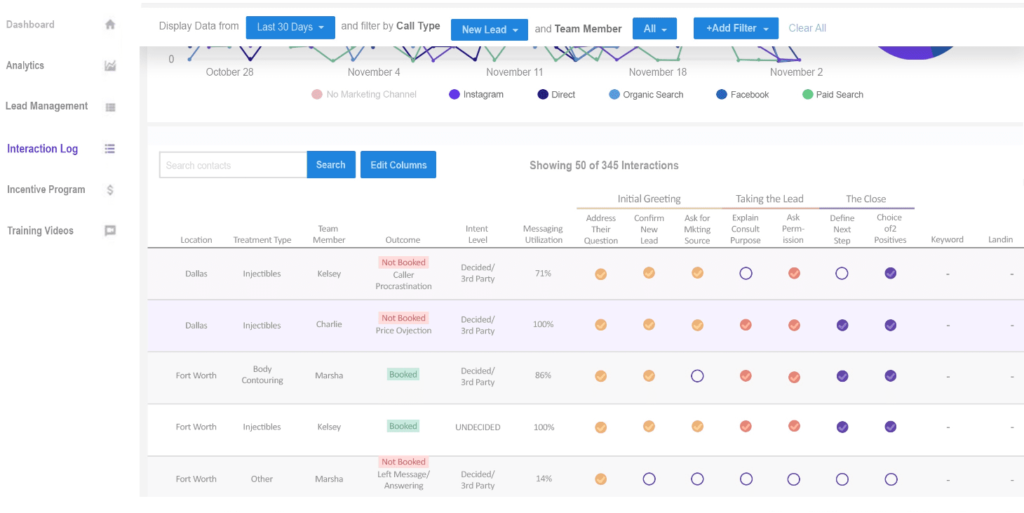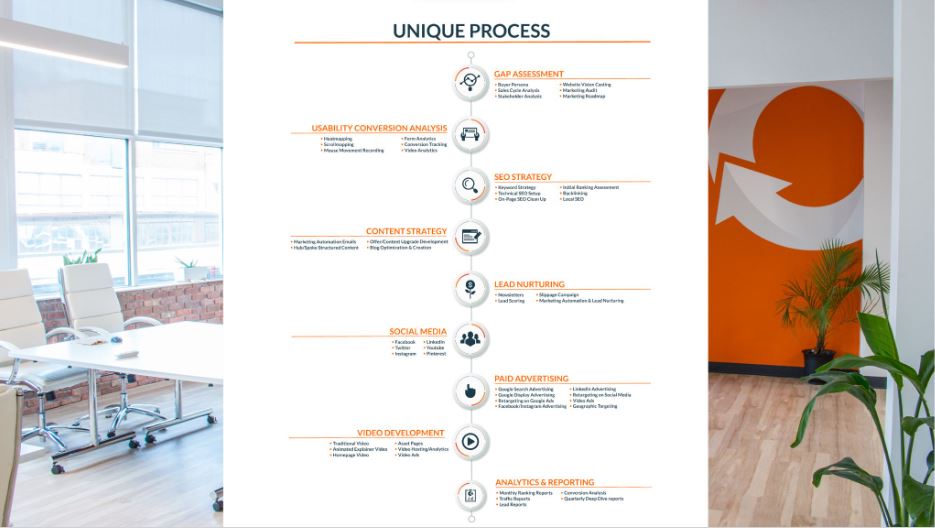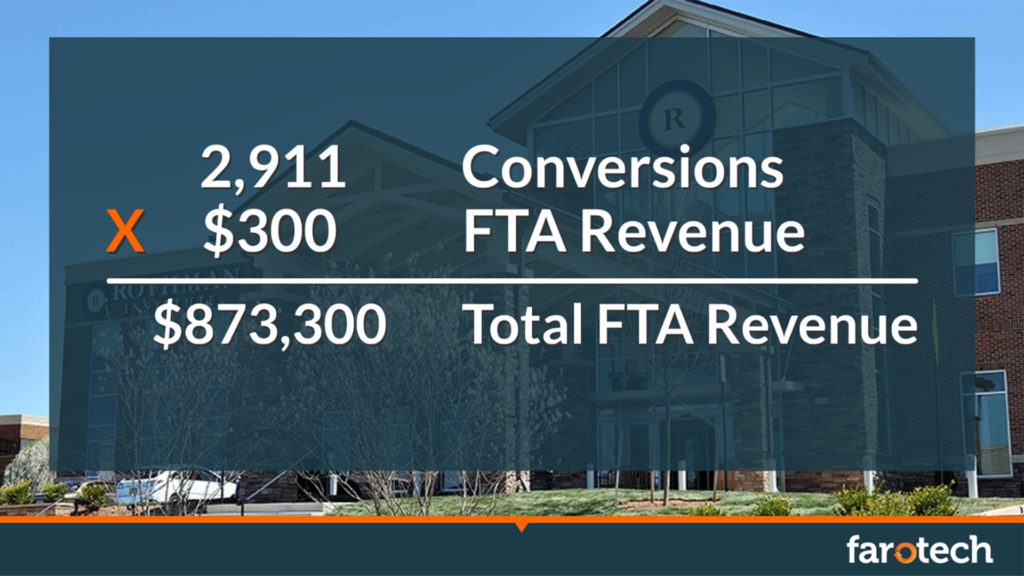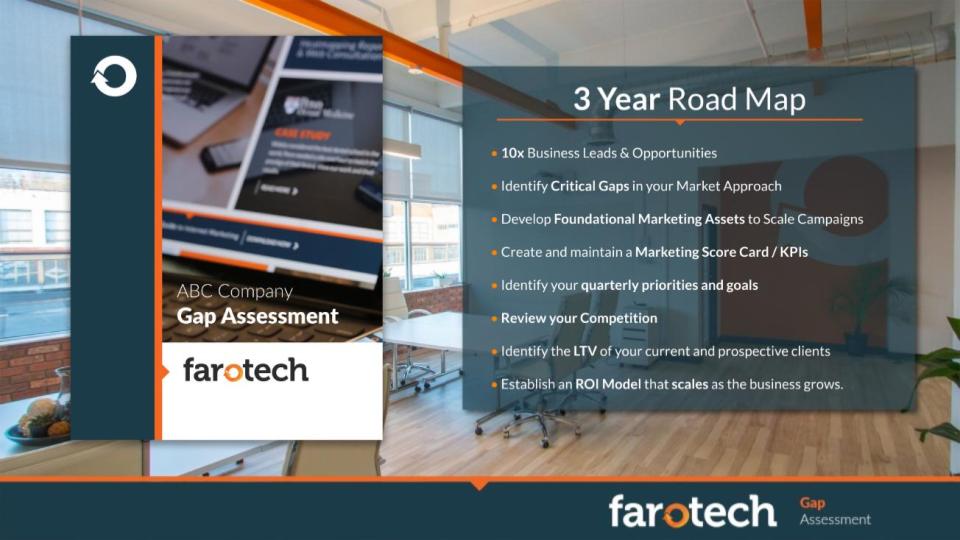- SEO
- Social media
- Paid advertising
- Email & newsletters
- Links from associated websites
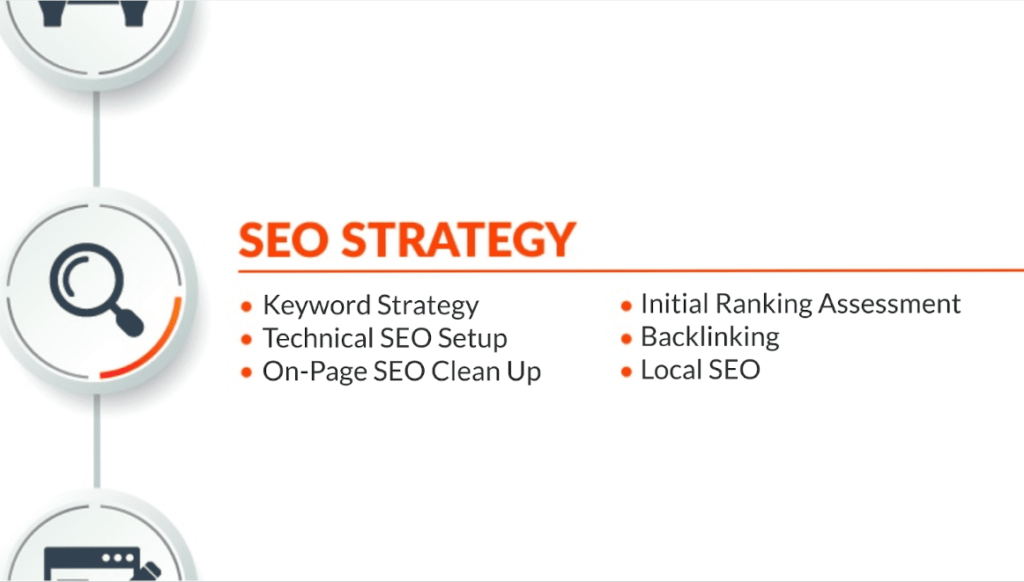
We won’t get into all of these here, but we will cover the first three.
SEO
SEO (or search engine optimization) is an art and a science and, transparently, very few companies are effective at it. Google is constantly changing the dials, minute by minute. To win in this landscape requires true subject matter expertise and knowing what is under your control and what isn’t. It’s imperative that you concentrate and do everything possible to do what is required to rank. Here are the critical factors you need to know about SEO:
- On-page SEO. The first thing you need to know is that this is entirely within your control. It will be very important for you to do the following:
- Speed: get your website on a server that is as fast as possible, because speed is a critical ranking factor.
- Optimization: optimize your website strategically by honing in on keywords and metadata that address your specialties and treatment areas that will drive qualified traffic to your website.
- Structured content: utilize Google’s best practices to structure your site’s architecture so that each page is part of a hierarchy that is linked internally to relevant pages and compounds.
- Off-page SEO. This is the approach that is also referred to as “backlinking”, which is the idea that high domain authority websites that link to your website will increase your site’s domain authority. That domain authority is used by Google to determine whether or not your website ranks for certain keywords and phrases.

- Certain backlinks can make or break your website’s ranking potential. The more physicians that can get published on websites (assuming they link back to your site) that are .edu, .org, or high authority and reputable .coms, the better.
- It’s best to work with a digital marketing agency that utilizes best practices when it comes to backlinking. Less than reputable agencies can get you penalized if they use tactics that don’t accord with Google’s best practices.
Content-based SEO
- For this part, we recommend a proactive approach to content by developing an editorial calendar that breaks down deliverable pieces of content by month, quarter, etc. This way, you have a roadmap for which pieces of content are to be written next without any guesswork. The development of consistent content is a signal to Google that you’re an established thought leader.
- Having content ideas laid out for the next 30, 60, and 90 days helps your practice to stay on track with deliverables and indicates to your marketing team where they should be in terms of published content.
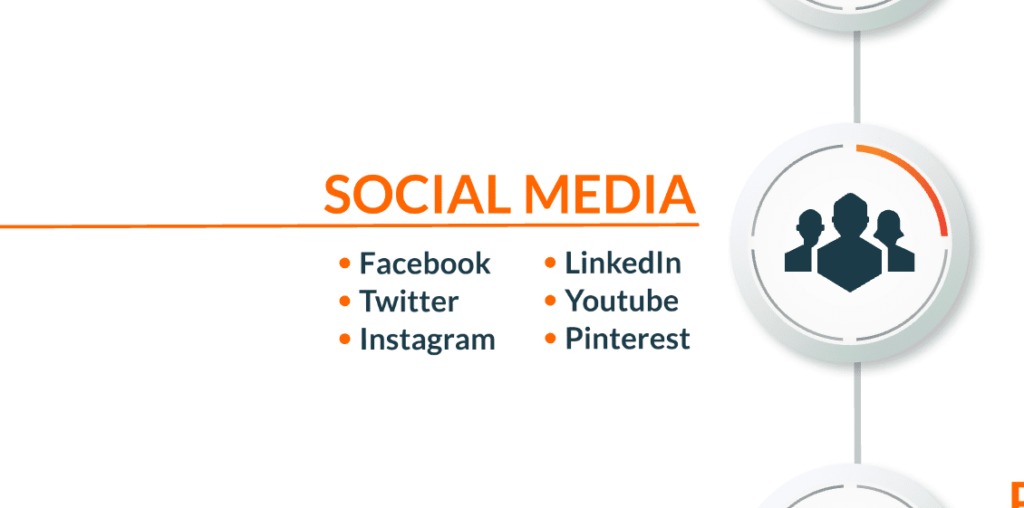
Social Media
In order to win with social media, it’s important to use the platforms effectively. The first thing that you need to do is figure out which platform works best for your organization. Focus on one platform with 80% of your energy and syndicate to the remaining 20%.
Resist the urge to be a megaphone
One of the primary mistakes that most healthcare companies make is that they use social media simply as a megaphone. Social media is about engagement. Companies that just use the platform to communicate who they are and how great they are often lose the engagement necessary to generate leads.
Developing content specifically designed to engage should be your most important takeaway. This deep engagement allows your readers to better know and connect with your brand. When it comes to marketing, people will typically buy from organizations they “Know, like, and trust”. In healthcare, of course, the trust part is paramount.
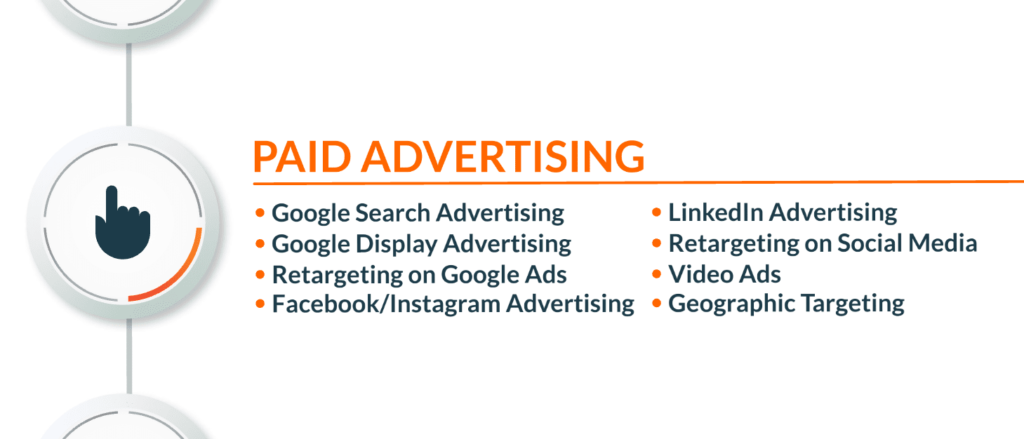
Paid Advertising
Paid advertising (Google ads, social media ads, and programmatic ads) can be very effective for healthcare marketing. It has a ton of benefits including the ability to target and reach audiences that may not know your organization exists. It’s also very trackable, so it’s easy to understand the ROI of a campaign and it makes it easier to establish your CPA (Cost Per Acquisition) of a potential patient.
Compared to SEO, which often moves at a snail-like pace, Paid Ads are all about speed. They can be placed and optimized in days or weeks rather than months or years. One of the drawbacks is that it can be expensive if you don’t understand how to leverage your ad budget effectively.
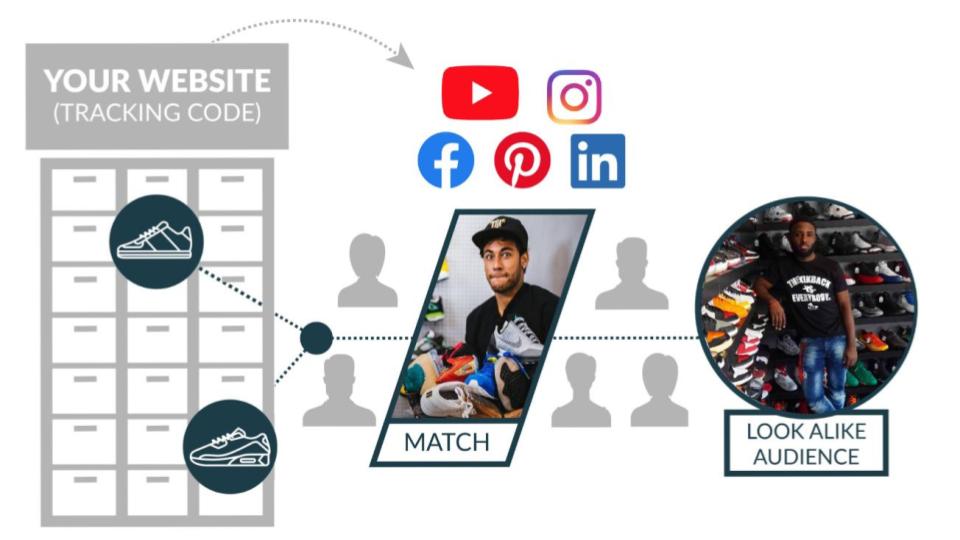
When done effectively, you’ll have developed a target audience that you can advertise to. The goal is to get your ads placement price to reduce over time so that your impressions, click-through rate, and conversions should improve.
Lookalike audiences
This paid advertising feature will allow advertisers to target specific audiences based on demographic data. For example, someone looking to provide orthopedic services might want to reach men between 45 and 65 years old living in New York City who are considering a knee replacement, for example. Now, they’ll be able to see ads targeted at those same demographics.
